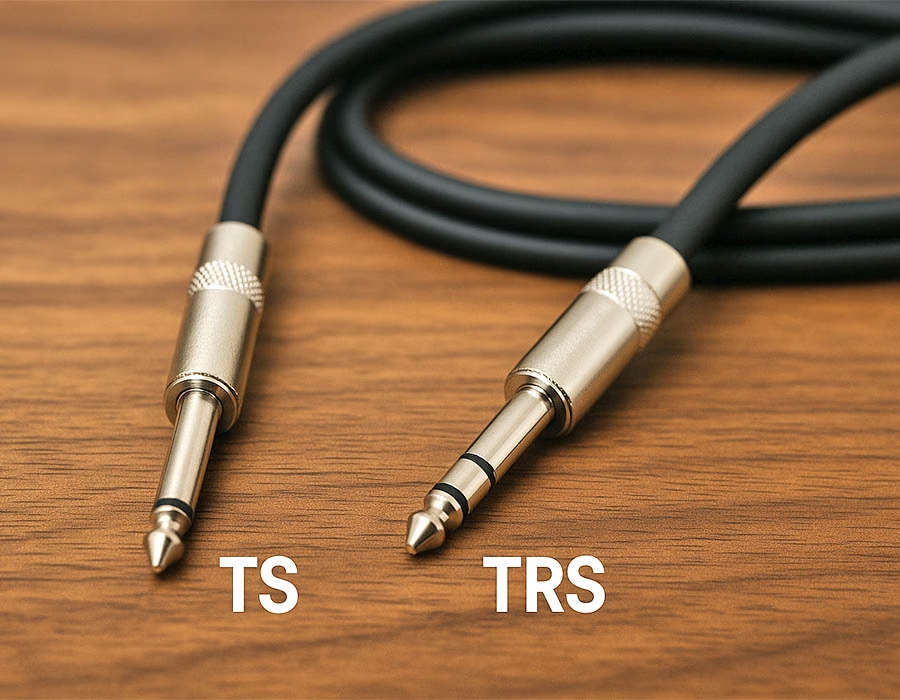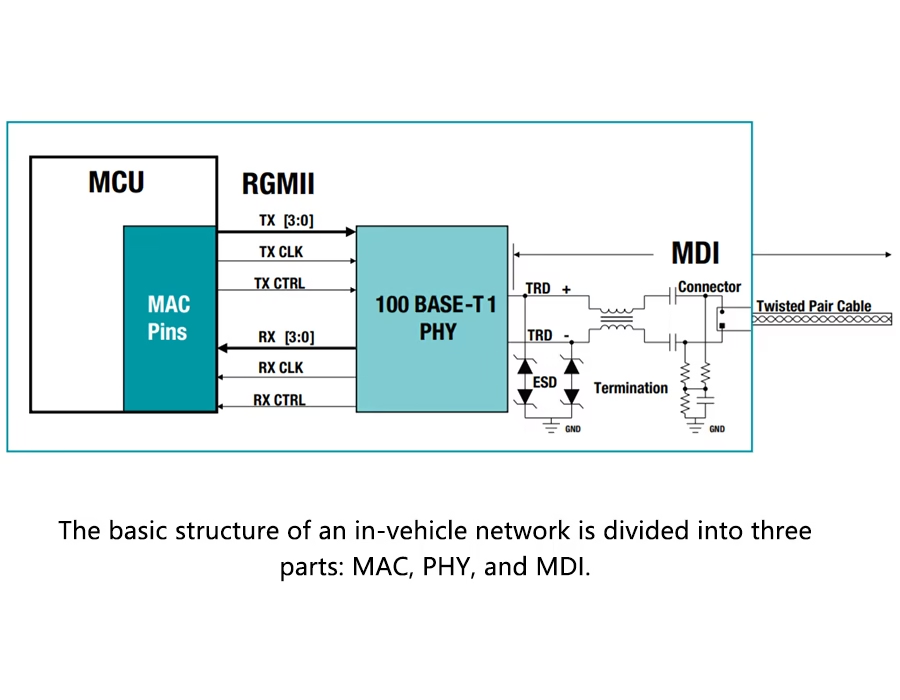In a nutshell, TPE-jacketed drag-chain cables outlast PUR-jacketed ones in high-cycle applications due to TPE’s superior flexibility and abrasion resistance. However, PUR jackets provide unparalleled resistance to oil, chemicals, and notches. The best option depends on your application; for example, robotics and packaging machines frequently benefit from TPE’s long flex life, whereas food processing or oily conditions prefer PUR’s toughness.
Why Jacket Material Matters in Drag Chains
Drag-chain (cable-carrier) cables are constantly bent, twisted, and subjected to abrasion. They’re designed with stranded conductors and tough jackets to withstand millions of flex cycles. The outer coat is the first line of defense, as it resists wear, chemicals, oils, UV radiation, and extreme temperatures. A suitable jacket ensures that the wire moves smoothly through an e-chain without snagging or fraying. To summarize, the type of jacket used has a direct impact on the lifespan of a cable under intensive use.
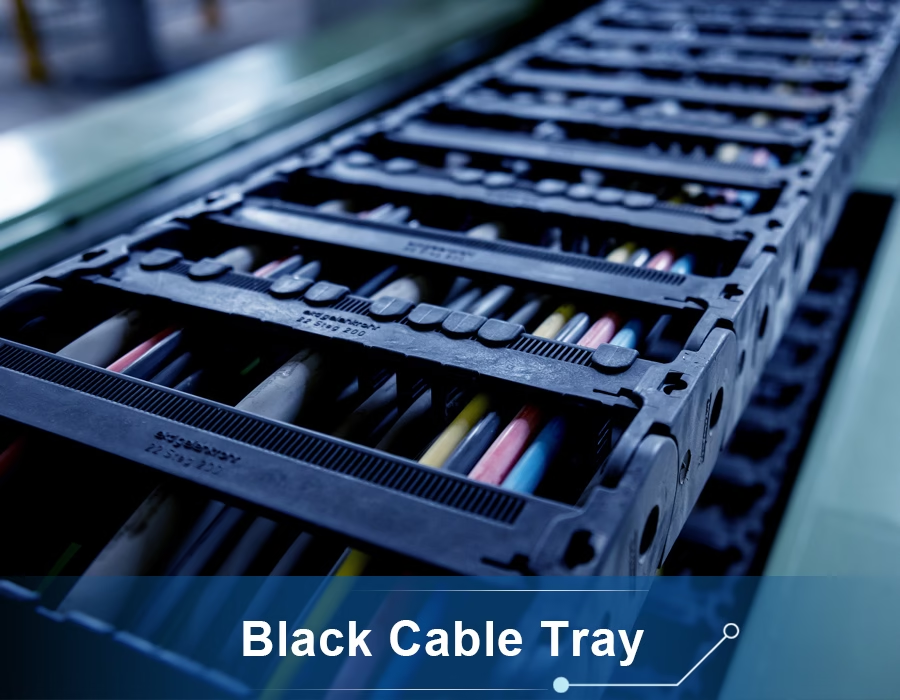
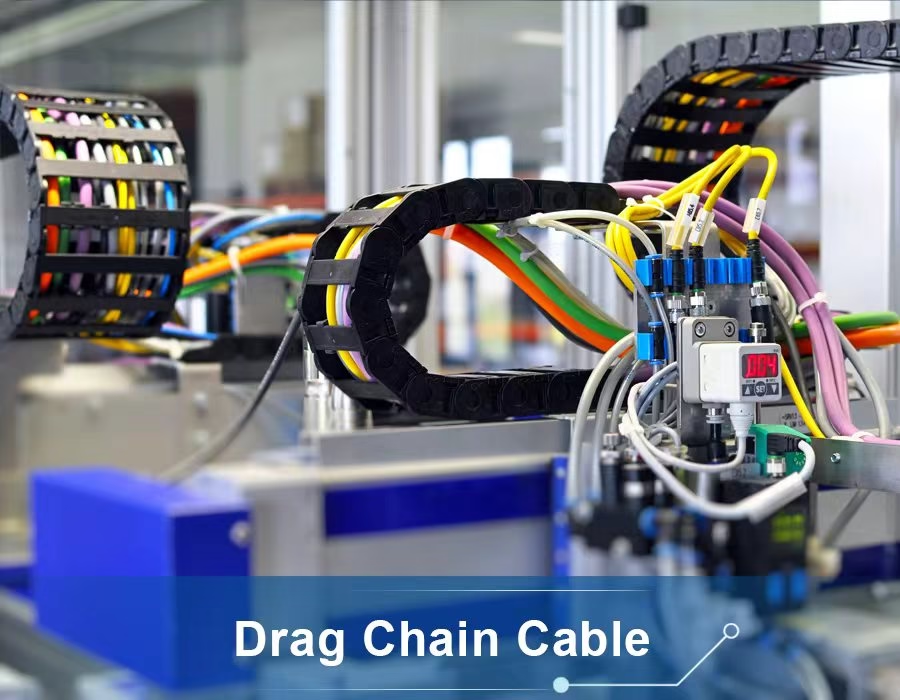
⚙️ Looking for a Custom Drag-Chain Cable Solution?
Every industrial application is unique. Romtronic provides custom-designed PUR and TPE drag-chain cables engineered for your specific environment — whether you need extreme oil resistance, long flex life, or high chemical durability.
✅ Tailored jacket materials for your working conditions
✅ Designed to pass millions of flex cycles
✅ Built to your exact length and connector specifications
👉 Contact our team today to request a custom cable quote »
PUR vs. TPE: Key Differences
Both PUR (polyurethane) and TPE (thermoplastic elastomer) are common jacket materials for industrial cable chains. In general:
- Purposes: PUR is prized for its mechanical toughness, oil resistance, and notch resistance. TPE excels in flexibility and abrasion resistance, often enabling more bending cycles.
- Temperature: TPE remains flexible from roughly –35°C to approximately 100°C. PUR is also flexible but can stiffen if too hot.
- Chemicals/Oils: PUR is inherently oil- and chemical-resistant; many PUR cables are halogen-free and self-extinguishing. TPE can be formulated to be oil-resistant and is usually halogen-free, but in crude oil environments, PUR often fares better.
- Abrasion/Notches: Both are abrasion-resistant, but PUR is notch-resistant (cuts in the jacket won’t easily tear through), while TPE is outstanding at handling continuous rubbing and flexing.
- Flexibility: TPE is generally softer and more elastic than other materials. Cables with TPE jackets can bend more easily in tight spaces. PUR is also very flexible, but over very long distances, it can exhibit more bending resistance.
In practice, TPE jackets are utilized for high-cycle applications (robots, conveyors, cranes) since they “often outperform” others under constant motion. PUR jackets are used for hostile environments – e.g., food, beverage, or chemical factories – where cleaning agents, oils, and abrasion are excessive.
Table 1. Comparing PUR vs. TPE jacket properties for drag-chain cables.
| Property | PUR (Polyurethane) | TPE (Thermoplastic Elastomer) |
|---|---|---|
| Abrasion/Notch | Excellent abrasion resistance; notch-resistant | Excellent abrasion resistance; handles continuous flex best |
| Oil/Chemicals | Outstanding resistance to oils, fuels and chemicals | Good resistance (often halogen-free); some formulas resist oils |
| Temperature range | Flexible to about –40°C; tolerates high heat; self-extinguishing | Flexible from –35°C to +100°C (some to +212°F); can be flame-retardant |
| Flexibility | Very flexible (low-temp bend resistance) | Highly flexible even at very low bend radii |
| Typical Uses | Food/beverage, automotive, oil/gas (harsh media) | Robotics, material handling, fast-moving conveyors |
| Life cycles | Long life in harsh, abrasive use; many PUR cables rated to ≥10M cycles | Very long life in high-flex use; top-tier TPE cables rated to 100M cycles |
Life Cycles: How Long Can They Last?
“Flex life” is how many bends or cycles a cable can endure. Cables are tested by bending back and forth or twisting till failure. Special drag-chain cables are developed for extra-long life under flex. For example, a robot cable might be tested for 10 million double-strokes or more.
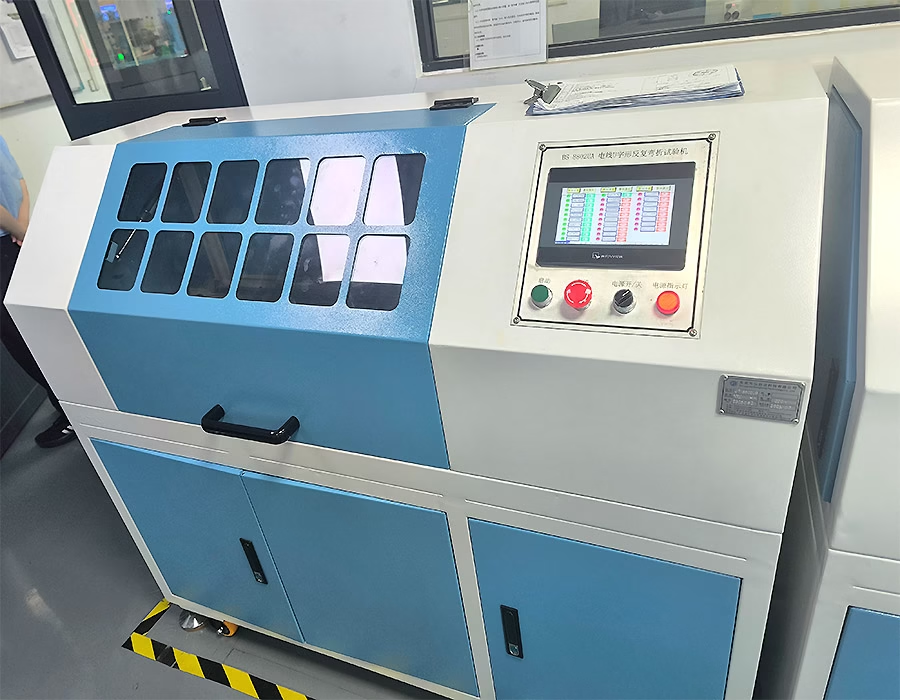
In concrete terms, High-end PUR-jacketed data cables have been tested to withstand over 10 million bending cycles. For example, the SABdynamic 910 PUR data cable can withstand over 10 million torsional cycles (±180°/meter).
TPE-jacketed wires may survive even longer. In one case study, upgrading to a continuous-flex TPE control cable (Chainflex CF9) resulted in a significantly longer service life compared to the previous cable. In fact, igus’ latest CF98.PLUS/CF99.PLUS TPE cables are guaranteed for over 100 million cycles, making them the first on the market to hold this certification. Even in more common situations, lab testing demonstrates that TPE cables can last hundreds of thousands of cycles without failing.
In practice, bend radius, speed, load, and environment all influence real-world performance. The upshot, however, is that TPE jackets offer an advantage in terms of maximum cycle life. PUR jackets still last quite a long time, but their niche is in surviving chemical and abrasion exposure.
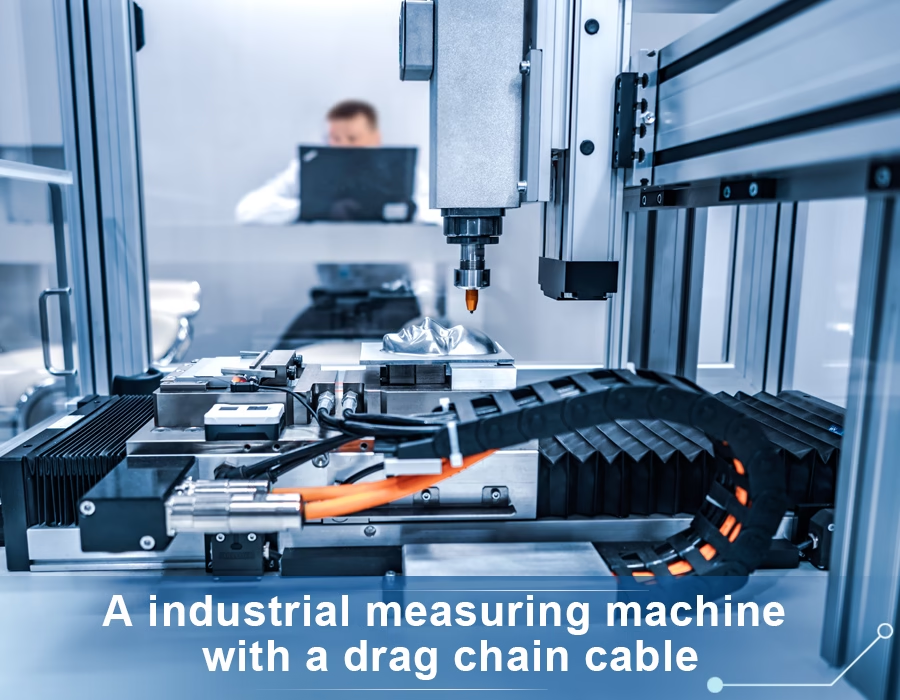
🔧 Build Cables That Match Your Motion and Environment
Whether your setup involves fast-moving robots, chemical processing equipment, or high-cycle conveyors, Romtronic engineers can design drag-chain data cables optimized for your conditions — from material selection to testing standards (e.g. ≥10M or ≥100M flex cycles).
🧰 Custom PUR or TPE jacketed cables
🧪 Tested for endurance and flexibility
🌍 Global industrial standards compliance
👉 Get Your Custom Cable Consultation Now »
FAQs
A: Generally, TPE jackets allow for more cycles in continuous flex applications. Cutting-edge TPE cables can hit tens of millions of cycles. PUR also lasts a very long time, especially in abrasive/dirty conditions, but may wear slightly faster than TPE under pure bending stress.
A: PUR is usually better outdoors or in harsh media. It has excellent UV, oil, and chemical resistance. TPE can be formulated to be both UV-resistant and oil-resistant, but PUR typically has the advantage in terms of resistance to extreme chemicals and solvents.
A: Both have good low-temp performance, but TPE usually stays more elastic at very low temperatures. Some PUR can stiffen a bit when cold. If you need a cable rated for temperatures from –40°C and above, choose the mix (whether PUR or TPE) that is rated for that range.
A: Yes, but be careful: different jacket materials can have slightly different friction and flexibility. When mixing, ensure that similar bend radii and environmental needs are met; it is better to stick with one type for consistency.
A: TPE (particularly halogen-free or high-grade TPE) has traditionally been more expensive than normal PVC or basic PUR. However, high-performance PUR (oil-resistant, specialty grades) is more costly than plain PVC. The optimum approach is to balance upfront costs with extended replacement intervals. A cable that lasts longer under flex is frequently more cost-effective.
Conclusion
For industrial automation applications (such as robots, packaging, and conveyors), utilize TPE-jacketed drag-chain cables when maximum flexibility and abrasion resistance are required. Choose PUR-jacketed cables if your system is exposed to oils, chemicals, UV radiation, or requires extreme durability. In either case, search for cables especially designed for drag-chain use — these are made with particular fillers, stranding, and jackets that meet the most severe flex-cycle tests.
.avif)
Sam Wu is the Marketing Manager at Romtronic, holding a degree in Mechatronics. With 12 years of experience in sales within the electronic wiring harness industry, he manages marketing efforts across Europe. An expert in cable assembly, wiring harnesses, and advanced connectivity solutions, Sam simplifies complex technologies, offering clear, actionable advice to help you confidently navigate your electrical projects.

